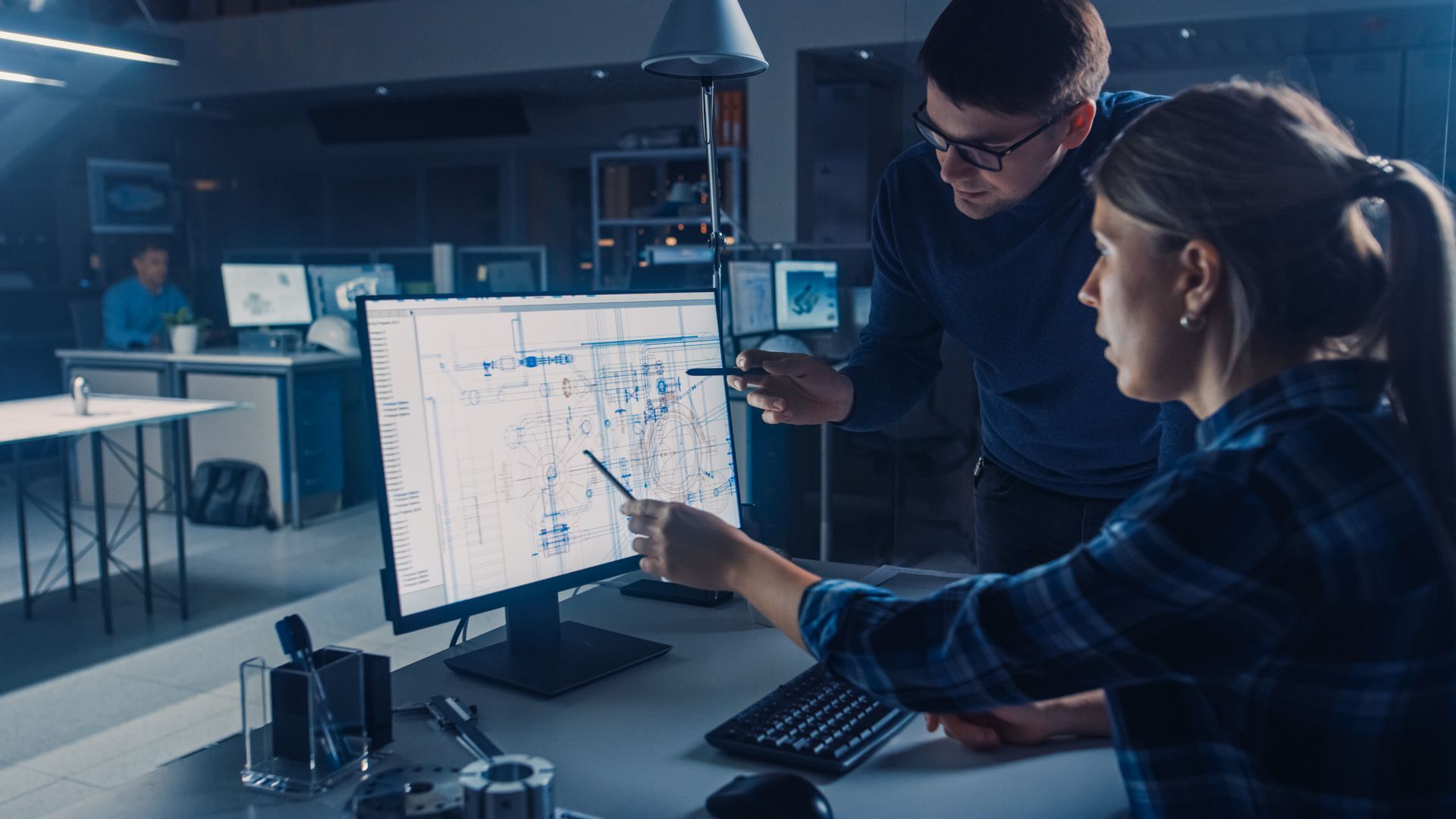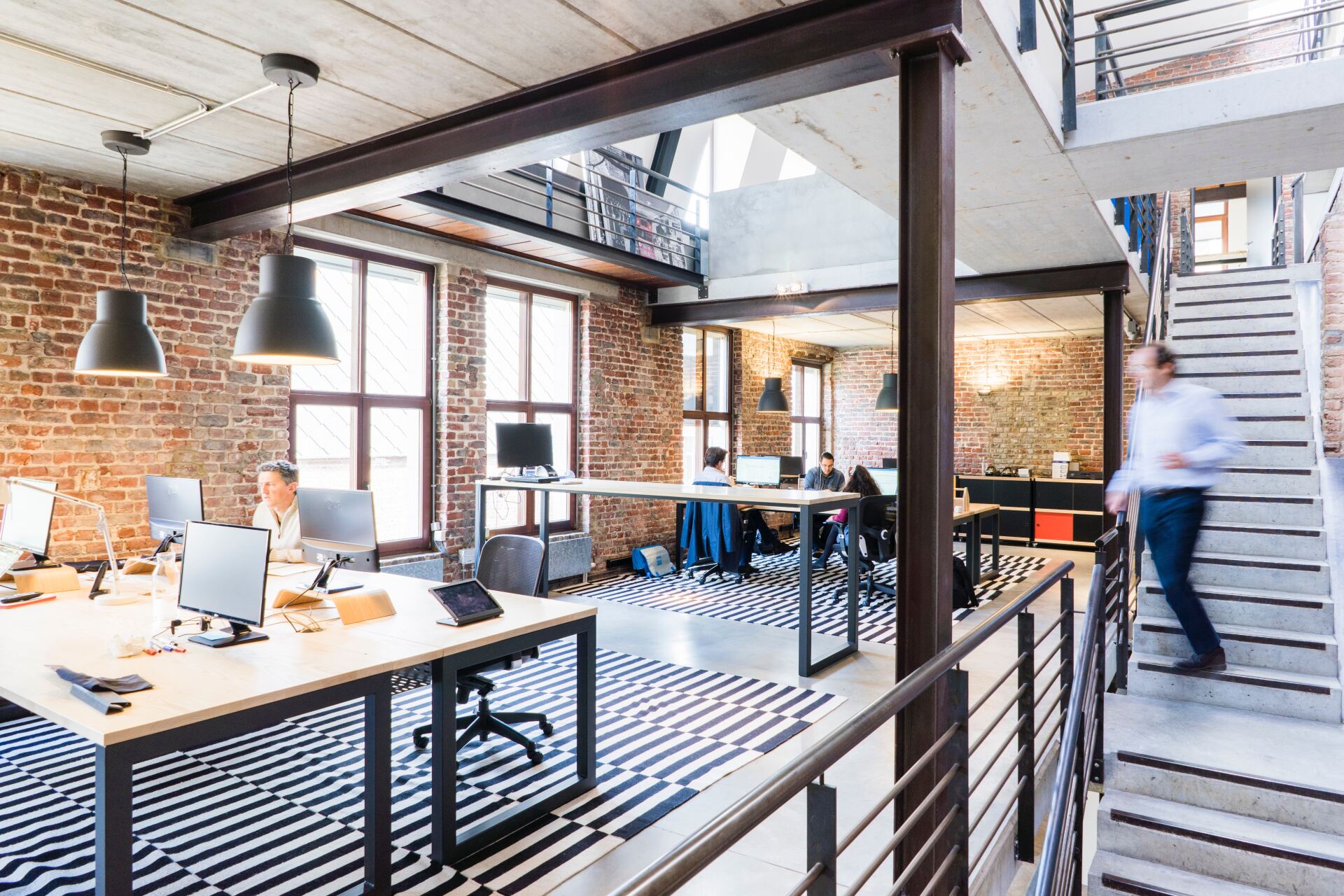Overcoming the challenges of electrification in commercial property
As commercial assets face increasing pressure to decarbonise, many properties are moving away from gas-based systems. This transition involves more than simply replacing boilers. It means shifting energy demand to electric heating, cooling, and hot water systems, as well as expanding on-site charging capabilities to support the rapid uptake of electric vehicles (EVs). Together, these changes are driving significantly higher power requirements across a variety of asset types, from offices and retail centres to industrial estates and logistics hubs.
Meeting this demand often requires upgrades to building power supply capacity (work that is frequently tied into wider refurbishment or redevelopment projects) but the journey is not always straightforward. Internal infrastructure limitations, grid constraints, and the risk of operational disruption can make the pathway to full electrification more complex than expected. Below, we outline the main challenges to be aware of, and how to address them with the right expertise and planning.
KEY CHALLENGES
01 Assessing the true condition of building services
Most commercial buildings were never designed with today’s electrical loads in mind. At the time of construction, heating and hot water needs were typically met by natural gas, while electricity was sized mainly for lighting, office equipment, lifts, and basic mechanical plant.
With electrification, those assumptions no longer hold. Large-scale electric heating and cooling systems, electric hot water provision, and growing charging needs for EVs now place demands far beyond what the original infrastructure can support. Typical limitations include:
- Ageing switchgear or distribution boards with limited capacity
- Transformers too small to handle rising demand
- Utility connections that cap how much extra power can be brought in
The solution:
In some cases, a full electrical upgrade is unavoidable, requiring new cabling, switchgear, and transformer replacements. A detailed site audit, combined with early engagement with utility providers, is essential to identify gaps and future-proof capacity.
02 Utility grid constraints and delays
Even where on-site upgrades are achievable, the local grid itself may not have the headroom to provide additional power. This is a particular challenge in older industrial estates or densely occupied business parks. Common issues include:
- Long lead times for new connections or capacity increases
- Network operator backlogs and labour shortages
- Compatibility issues between local transformers and available power
- Competition with neighbouring assets for limited grid capacity, typically allocated on a first-come, first-served basis
The solution:
Early engagement with grid operators is key to understanding timelines and constraints. Where the grid cannot keep pace, on-site generation (e.g. solar PV) and battery storage can reduce dependency and create additional flexibility.
03 High capital costs
Electrification requires significant upfront investment, covering:
- Equipment (heat pumps, EV charging points, power distribution upgrades)
- Engineering design and project management
- Permits and inspections
- Potential downtime during installation
The solution:
The financial hurdle can be eased through government incentives, utility rebates, or financing models such as Energy-as-a-Service (EaaS) and power purchase agreements (PPAs). These structures can spread or offset capital costs while still delivering long-term performance gains.
04 Energy demand peaks and load management
The shift to electric systems can introduce new peaks in demand, especially if charging and HVAC requirements overlap during working hours or extreme weather events. This can result in:
- Higher demand charges on energy bills
- Risk of overloads or tripped breakers if loads are unmanaged
The solution:
Smart load management and time-of-use strategies help smooth peaks. Examples include scheduling charging outside of peak periods, staggering loads across sites, or using thermal storage to reduce HVAC demand during grid-constrained times.
05 Space constraints and integration challenges
Commercial assets are typically designed to maximise lettable space, leaving little margin for additional infrastructure. Allocating plant space during electrification projects can therefore reduce net lettable area and, in turn, affect asset value. Beyond this, physical space constraints can complicate system integration and limit opportunities to scale capacity in the future. This often leads to:
- No designated space for new plant or battery storage
- Limited routes for new cables or switchgear installation
- Thermal management challenges in temperature-sensitive areas
The solution:
Workarounds include modular or external plant rooms, rooftop installations, and car park-based charging hubs. Strategic design reviews are also essential for identifying underutilised areas that can be repurposed with minimal impact on lettability.
06 Regulatory and compliance issues
Upgrading power systems can introduce new regulatory requirements, including:
- Building regulations and fire safety codes
- Local permitting and planning approvals
- Utility interconnection standards
The solution:
Partnering with experienced consultants and delivery partners familiar with local codes can help streamline compliance, avoid delays, and reduce the risk of costly rework.
07 Operational disruption during upgrades
Electrical upgrades are inherently invasive. Works such as cabling, switchgear replacements, or trenching for charging infrastructure can disrupt daily operations through:
- Temporary power outages or HVAC downtime
- Interruption of tenant traffic or loading operations
- Health and safety risks for staff and contractors
The solution:
Careful phasing of works, combined with clear communication with tenants and site teams, is crucial. A well-managed construction programme ensures disruption is minimised and asset operations remain safe and productive.
Electrification is a vital step in reducing emissions across commercial asset portfolios, but it requires more than simply swapping out equipment. Success depends on early planning, coordinated design, and specialist expertise across engineering, energy management, and compliance.
At Resero, we combine technical insight, strategic thinking, and practical delivery experience to navigate this complexity. From feasibility studies and site audits through to full project implementation and ongoing optimisation, we support every stage of the journey.
Whether you are at the early stages of exploring electrification or preparing to implement major upgrades, our team can help you unlock your asset’s full potential while managing risk and minimising disruption.
Get in touch to discuss how we can support your electrification goals.












